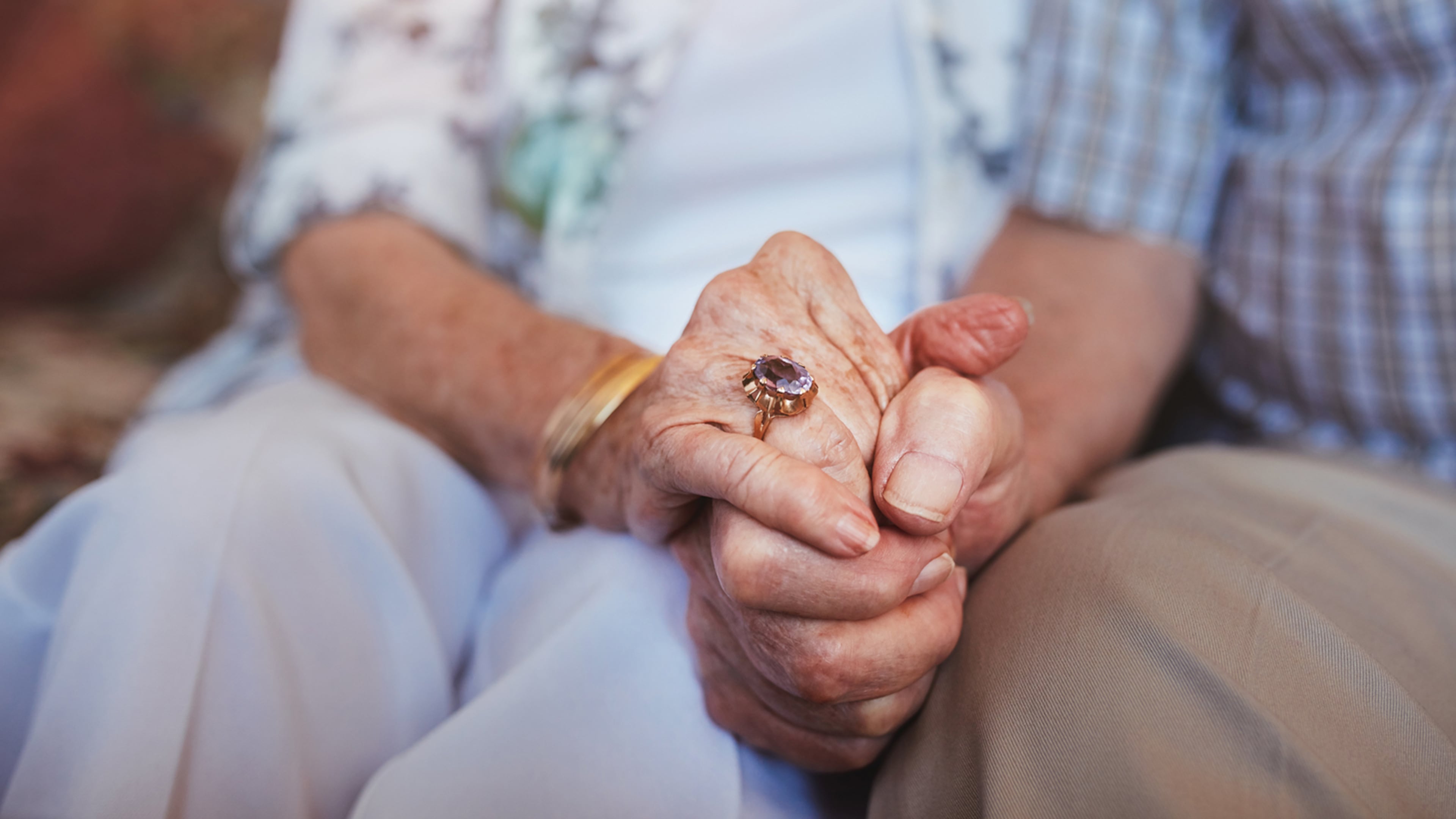In sickness and in health? New pattern in divorce suggests otherwise

“In sickness and in health.” Is it a lifetime binding promise or an out-of-fashion phrase for marriage?
Older adults are divorcing at increasingly higher rates these days, and it could have to do with illness — depending on who’s getting sick. A new study suggests that health plays a factor, but gender roles might be the linchpin behind it all.
Published in the Journal of Marriage and Family on Feb. 4, Italian researchers completed a study on the relationship between health and the divorce rates of older adults. The study used 18 years of data (ranging from 2004 to 2022) from 25,542 European heterosexual couples ages 50 to 64.
It showed some eye-opening results. When the wives in marriages between older adults became ill or suffered some kind of physical limitation, the divorce rates began to rise.
“Conversely, the risk of silver splits did not change significantly when the man experienced poor self-rated health or activity limitations compared to couples in good health,” the study authors stated.
A new pattern of ‘silver splits’
Psychologist Mark Travers, Ph.D., is a regular contributor to Psychology Today, where he educates readers on the science behind health, happiness and the latest research trends. He thinks the study results are largely because of cemented gender roles decades in the making.
Societally influenced from an early age to value domestic skill sets, women have taken on an unfair burden of responsibilities around the home, he explained.
“The deep-seated expectation that a wife will always ensure that the home runs smoothly is so ingrained, to the extent that any deviation from this role may feel like, or be legitimately considered, a rupture in the marital bond,” he wrote.
To Travers, this breach in a “marital contract” could be behind the newly discovered pattern of older adult divorces.
“It goes without saying that expecting women to shoulder these duties alone, in the first place, is both archaic and unrealistic,” he wrote. “These responsibilities should always be shared between spouses. In reality, however, this sadly isn’t always the case — not even when wives face health struggles.”
The ‘gray divorce’ factor
Older adults are splitting at surprising rates these days. According to research from Bowling Green State University, instances of “gray divorce” tripled from 1990 to 2022. As a result, roughly 15% of all people 65 or older in the U.S. had been divorced in 2022.
Based on marriage rate data from the Atlanta-based Centers for Disease Control and Prevention, around 39% of all U.S. marriages ended in divorce from 2000 to 2022. For every 1,000 U.S. adults, an average 6.2 got married. A significant minority didn’t last, with an average 2.4 people getting divorced.
As to why older adults are divorcing at higher rates each year, Purdue University Department of Human Development and Family Science assistant professor Rosie Shrout largely laid it at the feet of longevity.
“Some possible reasons for gray divorce are because of our increased longevity. People are less willing to endure unhappy marriages for so long and are more optimistic that they will find another partner,” she told Purdue University’s HHS News. “And so older adults are more willing to divorce than they were in the past.
“Because people are living longer, there are more opportunities to develop new romantic relationships across adulthood, including after a divorce or widowhood.”



